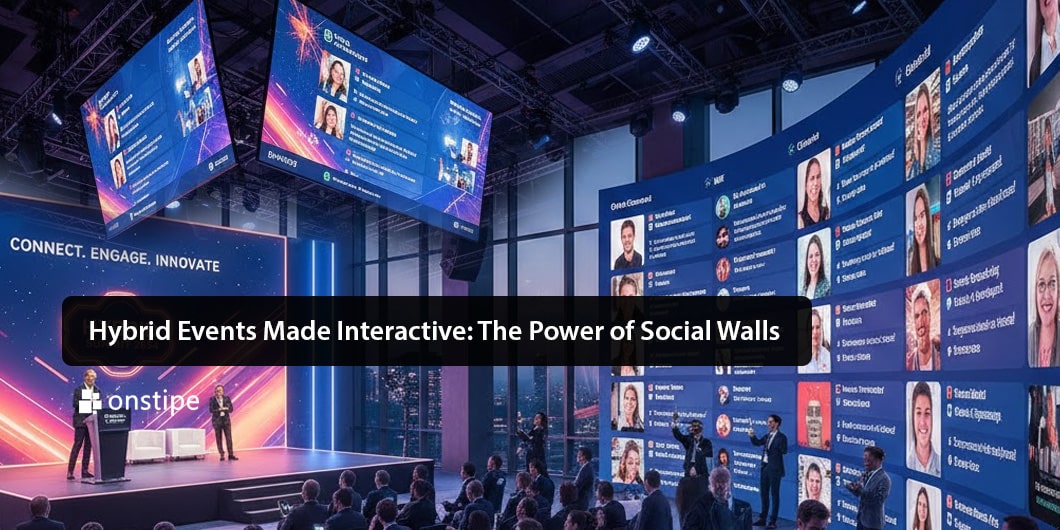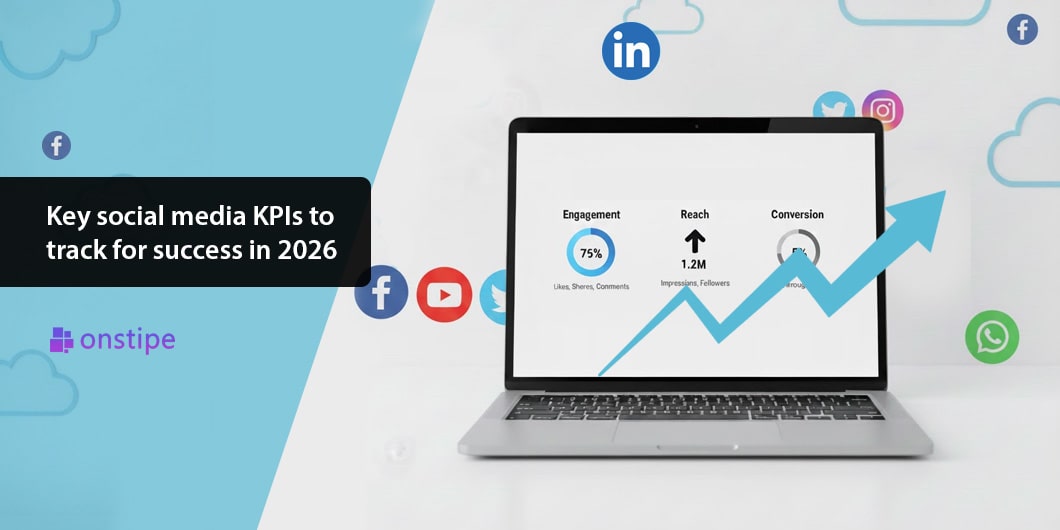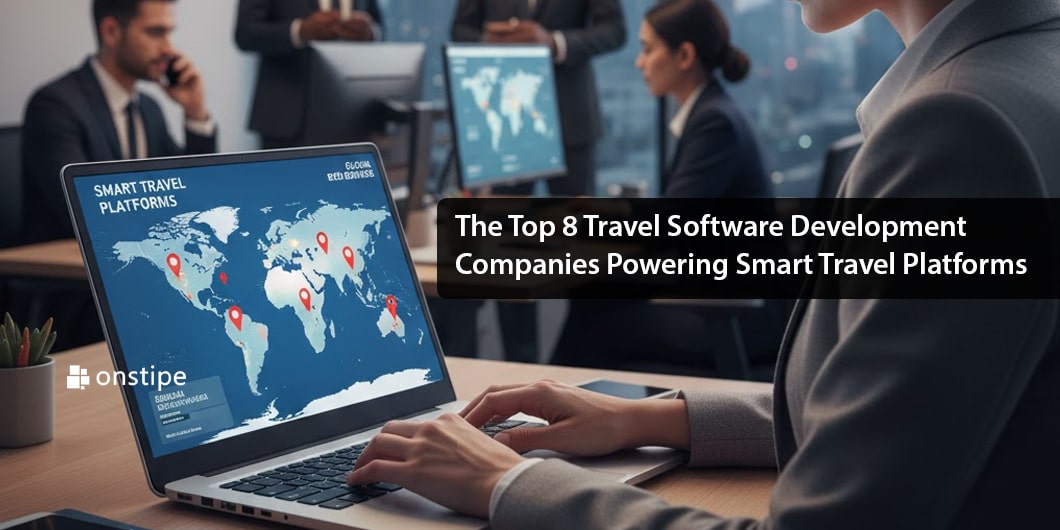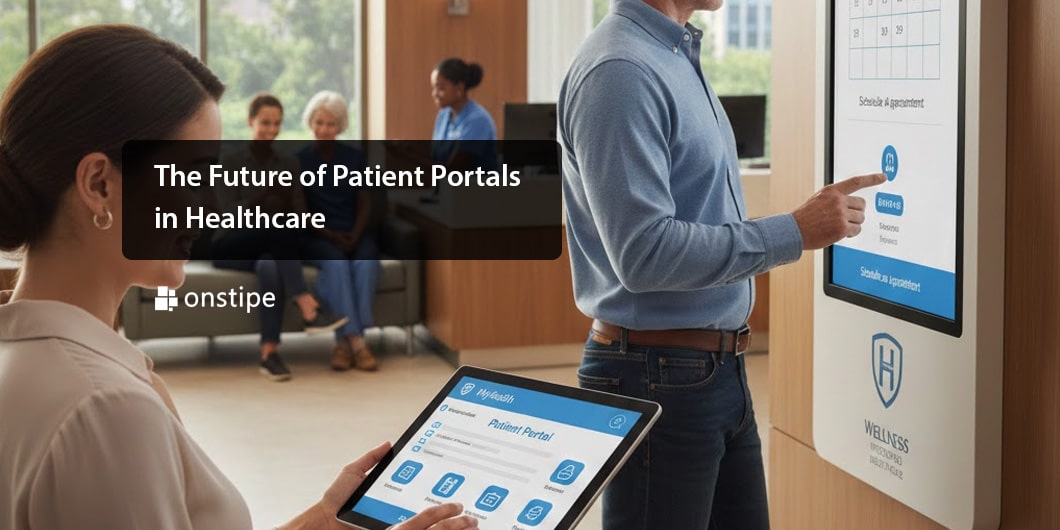The first few seconds upon a user’s visit to your site matter more than you think. That impression typically sets the mood, whether they stick around or leave. And in fact, many users drop off even before they register. The problem typically has to do with the procedure and not the product.
When onboarding is rushed, slow, or unclear, users disengage. That means fewer active users, less engagement, and more churn. But with seamless and smooth onboarding, users are more likely to be engaged and come back.
Simplifying that first interaction isn’t just about convenience—it’s about trust. If you make it easy, you’re more likely to make it last. Here are five ways to do it right.
1. Offer Guest Access or One-Click Entry (Then Prompt Later)
Let people explore before you ask them to commit. That’s a simple rule that applies across many successful platforms. Whether it’s an event app, a creator platform, or a niche community—giving users a way in without hurdles increases engagement.
You don’t need every detail upfront. Many platforms now use soft registration or guest accounts. They let users browse, engage, or try features before prompting for full signup. Social logins are also effective. One-click options using Google, Apple, or Facebook credentials remove barriers and keep things moving.
This approach builds trust. When users get a feel for the space first, they’re more likely to stay—and convert later.
2. Use Passwordless Login or SSO for Frictionless Authentication
Authentication is one of the biggest drop-off points in user onboarding. Long forms, password rules, or forgotten credentials can turn away users before they even see what the platform offers.
That’s why many platforms now choose passwordless login and Single Sign-On (SSO). These methods reduce friction while keeping authentication secure. You can also add two-factor authentication for extra protection without overcomplicating the process.
There are tools that help you implement this in a developer-friendly way. For example, SuperTokens is an open-source solution that lets you build your own auth system with flexibility. Using the SuperTokens SDK and SuperTokens API, developers can create seamless sign-in flows with options like passwordless login, SSO, and multi-factor authentication.
If you want to explore further, you can look for SuperTokens documentation online. It offers clear guidance on how to integrate these features. It’s a backend solution that removes barriers for users while giving teams full control over security.
3. Break Signup into Tiny, Logical Steps
Nobody likes filling out a long form on their first visit. Especially not on a mobile screen. That’s why it helps to break onboarding into smaller, more digestible steps.
Instead of asking for everything at once, collect information gradually. This technique—often called progressive profiling—makes the process feel less demanding. Start with just the basics: name, email, and a simple action like following one interest.
You can ask for additional details later, once users are engaged. This works well for creators, casual browsers, and event attendees who just want a quick entry point. The less they have to think, the more likely they are to stay.
4. Provide Smart Defaults and Autocomplete Options
Tiny frustrations lead to big drop-offs. That’s especially true when forms feel slow or repetitive. Simple solutions like smart defaults and autocomplete make a big difference.
For example, autofill the city and country fields based on IP addresses. Pre-select common options based on device or language. If users are joining a music-focused platform, suggest genres to follow based on trending topics.
Even profile setup can benefit. Suggest a username based on email, or pre-fill display settings that users can change later. These small touches reduce effort and help users feel supported—not tested.
5. Let Users Skip Non-Essential Steps
Too many platforms force users through unnecessary steps before they’re even allowed to explore. They ask for profile pictures, bio descriptions, or even mandatory follow counts before access is granted.
That creates friction—and frustration.
Instead, make non-essential steps optional. Allow users to skip or come back later. Add “remind me later” buttons with clear pathways to revisit setup features anytime.
This flexibility shows that you respect your users’ time and attention. It creates a sense of control and builds confidence in your platform.
Conclusion
Good onboarding doesn’t just boost conversion. It sets the tone for everything that follows. When you reduce friction, you show users that you value their time. That trust builds engagement, loyalty, and long-term growth. If you run or design a social platform, review your onboarding flow through fresh eyes. Where do users hesitate? What could you remove, simplify, or automate? The right onboarding experience isn’t flashy. It’s intuitive. It feels easy, even when the tech behind it is complex. And when you get it right, users don’t just sign up—they stay.







